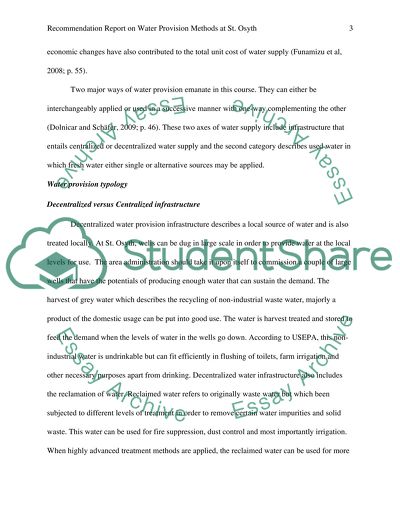Cite this document
(“Recommendation Report on Water Provision Methods at St. Osyth Essay”, n.d.)
Retrieved from https://studentshare.org/environmental-studies/1471955-water-provision
Retrieved from https://studentshare.org/environmental-studies/1471955-water-provision
(Recommendation Report on Water Provision Methods at St. Osyth Essay)
https://studentshare.org/environmental-studies/1471955-water-provision.
https://studentshare.org/environmental-studies/1471955-water-provision.
“Recommendation Report on Water Provision Methods at St. Osyth Essay”, n.d. https://studentshare.org/environmental-studies/1471955-water-provision.


